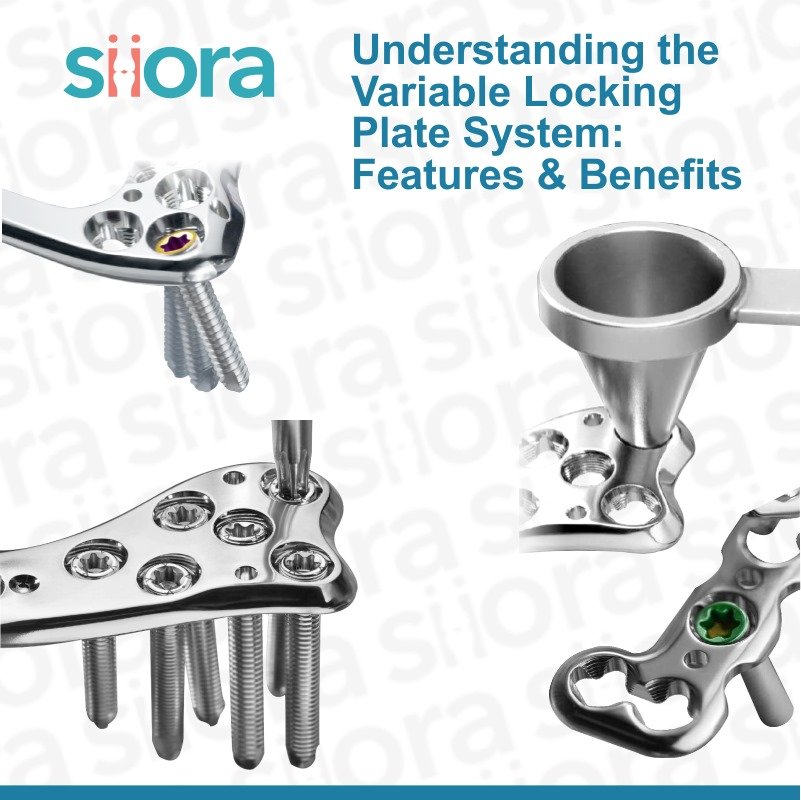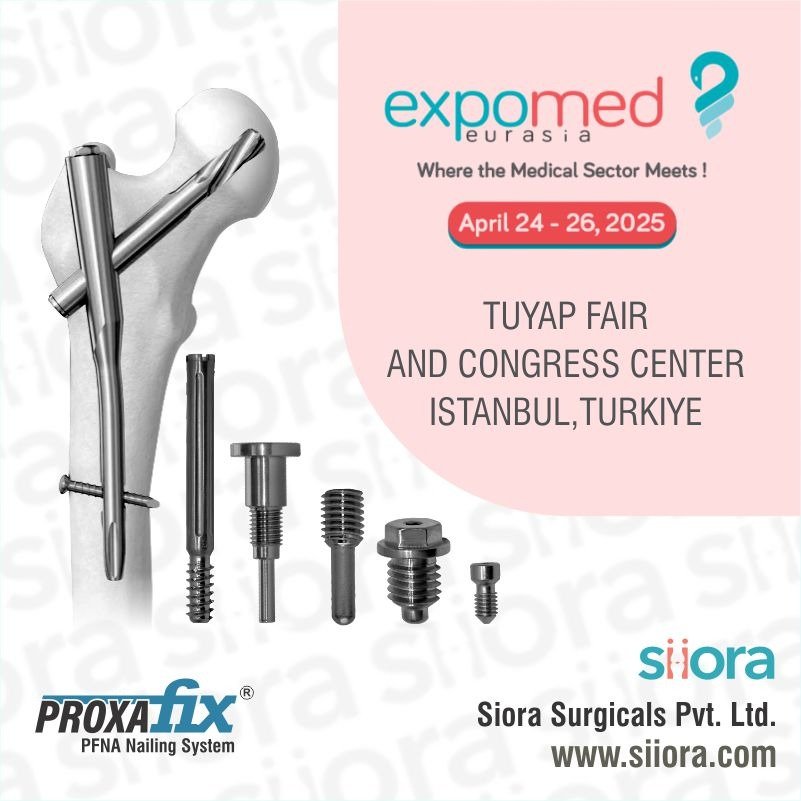Children are the embodiment of boundless energy, curiosity, and unbridled enthusiasm. As they explore the world around them, their developing bodies may encounter various orthopedic challenges that require special attention. Pediatric orthopedics is a specialized field dedicated to addressing musculoskeletal issues in children, ensuring that they can run, jump, and play without hindrance. In this blog, we will see some common pediatric orthopedic conditions, shedding light on their causes, symptoms, and treatment options.
Common Pediatric Orthopedic Conditions
Developmental Dysplasia of the Hip (DDH)
One of the most prevalent orthopedic conditions in infants is Developmental Dysplasia of the Hip (DDH). This condition occurs when the hip joint does not develop properly, leading to instability and potential dislocation. Although DDH is often present at birth, it may also develop during a child’s early months.
Causes
Genetics and breech birth are common risk factors for DDH. Additionally, firstborn females and infants born in the breech position are at a higher risk. Besides this, if there are multiple babies in the womb, this also increases the risk of hip dislocation.
Symptoms
Early signs of DDH may include asymmetrical thigh folds, limited hip abduction, and an audible click when the hip is manipulated. Sometimes, the condition is asymptomatic and hence, becomes difficult to diagnose.
Treatment
Treatment for DDH varies depending on the severity. For mild cases, the use of a Pavlik harness to maintain proper hip positioning may be sufficient. More severe cases might require a closed or open reduction, followed by the use of a spica cast.
Scoliosis
Scoliosis is an ‘S’ or ‘C’ shaped curvature of the spine that typically develops during the growth spurt just before puberty. While most cases are mild, some can progress and lead to serious health issues if left untreated.
Causes
It is noticed that in children, the cause of scoliosis is unknown in most cases. Such a type of scoliosis is known as idiopathic scoliosis. However, genetic factors play a role, as scoliosis tends to run in families.
Symptoms
Visible signs of scoliosis include an uneven shoulder height, asymmetrical waist or hips, and a spine that curves to the side. Back pain and fatigue may also be present in more severe cases.
Treatment
Treatment options for scoliosis depend on the degree of curvature and the age of the child. Mild cases may only require close monitoring, while more severe cases may necessitate bracing or, in extreme situations, surgical intervention. Spine implants may be used during the surgical treatment of scoliosis.
Clubfoot
Clubfoot is a common congenital condition that affects muscles and bones in the feet. In this condition, the baby’s foot is twisted out of shape. Fortunately, with early intervention, most cases of clubfoot can be corrected.
Causes
The exact cause of clubfoot is unknown, but genetic factors and environmental influences may contribute. It is not related to the baby’s position in the womb or the mother’s activities during pregnancy.
Symptoms
The appearance of a clubfoot is distinctive, with the foot turning inward and downward. The calf muscles may also be underdeveloped, and the affected foot may be smaller than the other.
Treatment
Treatment for clubfoot typically involves a series of gentle manipulations and casting to correct the foot’s position gradually. A minor surgery is required in some cases to correct the position of the foot. Following correction, the child may wear braces for some time to maintain the corrected position.
Osgood-Schlatter Disease
Common among adolescents, particularly those involved in sports, Osgood-Schlatter disease is an overuse injury that affects the growth plate at the top of the shinbone. This occurs when a tendon in the knee pulls a part of the growth plate.
Causes
The primary cause of Osgood-Schlatter disease is repetitive stress on the growth plate, often associated with activities that involve running and jumping.
Symptoms
Symptoms include pain, swelling, and tenderness at the bony prominence just below the kneecap. The pain may worsen with activity and improve with rest.
Treatment
Rest, ice, and anti-inflammatory medications are often recommended to alleviate symptoms. In severe cases, a brace or physical therapy may be prescribed to help manage pain and promote healing.
Sever’s Disease
Similar to Osgood-Schlatter disease but affecting the heel, Sever’s disease is a common cause of heel pain in growing children. It occurs when the growth plate at the back of the heel is inflamed.
Causes
Sever’s disease is often associated with rapid growth during puberty, particularly in children who are active in sports that involve running and jumping.
Symptoms
Pain and tenderness are concentrated at the back of the heel, especially during or after physical activity. The pain may limit the child’s participation in sports.
Treatment
As with Osgood-Schlatter disease, rest, ice, and anti-inflammatory medications are standard treatments. Supportive footwear and heel cups may be recommended to alleviate pressure on the affected area.
Conclusion
Pediatric orthopedic conditions, though challenging, are often treatable with timely intervention. As parents and caregivers, being aware of the signs and symptoms is crucial for early detection and management. The collaboration between pediatricians, orthopedic specialists, and parents plays a pivotal role in ensuring the optimal musculoskeletal health of our children. By understanding these common conditions and advocating for their well-being, we can foster an environment where every child can grow, play, and thrive without the limitations imposed by orthopedic challenges. After all, it is our responsibility to nurture not only their minds but also their little limbs, allowing them to embrace life with joy and vitality.
About Siora Surgicals
Siora is a leading manufacturer of a world-class range of orthopedic implants like spinal implants, hip prostheses, locking compression systems, cannulated screws, and more. Medical-grade stainless steel and titanium are used to manufacture these implants. Clients in over 50 countries have been served by Siora and it keeps looking for more orthopedic distributors in Saudi Arabia, Qatar, Jordan, and other Middle East countries. Having an in-house manufacturing facility gives Siora an edge to serve its distributors better and maintain a smooth supply chain process. The company is also known as a trustworthy OEM/contract manufacturing service provider in the world.








